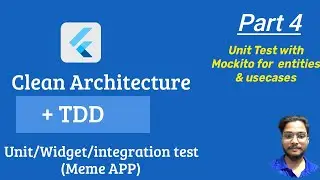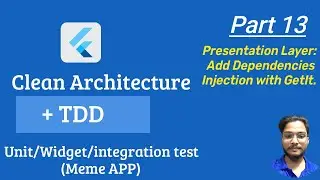Flutter Clean Architecture Course - Entities, Repositories, and Use Cases (Part 3)
Welcome back to the Flutter Clean Architecture Course! In this third video, we dive into the implementation of entities, repository interfaces, and use cases for our Flutter application. These components are essential for achieving a modular and maintainable codebase following clean architecture principles. Join us as we create and define entities, establish repository interfaces for data access, and implement use cases to handle business logic.
🔥 Check out the complete Flutter Clean Architecture Course playlist:
• Flutter Clean Architecture Course (Me...
In this video, we cover the following topics:
Recap of clean architecture and its advantages in Flutter development
Designing and implementing entities to encapsulate business logic
Defining repository interfaces for data access contracts
Writing use cases to orchestrate application-specific operations
Establishing clear dependencies and interactions between these components
By the end of this video, you'll have a solid understanding of how to create entities, define repository interfaces, and implement use cases in adherence to clean architecture principles. This will enable you to build a well-structured and maintainable Flutter application.
📚 Course Resources:
https://github.com/amitsingh6391/Clea...
🌐 Connect with me on social media:
LinkedIn: / amit-singh-023055193
GitHub: https://github.com/amitsingh6391
Medium: / amitsingh506142
Stack Overflow: https://stackoverflow.com/users/13051...
Don't miss the upcoming videos in this Flutter Clean Architecture Course, where we'll delve deeper into implementing additional features, writing tests for entities and use cases, and integrating data sources with repository implementations.
Thank you for watching, and let's continue our journey of building clean and efficient Flutter applications together!
#flutter #flutterdev #fluttertutorial #cleanarchitecture #tdd #testing #unittesting #widget #widgets #integration #integrationtesting #project #mobileappdevelopment #coding #development #mobileapp
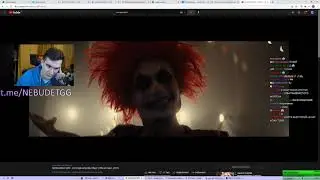


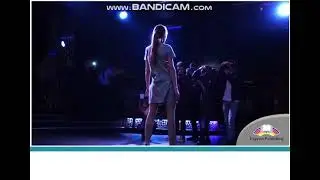

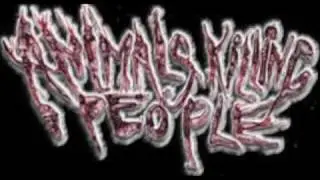


![Flutter CI/CD with GitLab and Fastlane: Step-by-Step Guide [Part 1]](https://images.mixrolikus.cc/video/JSvcc-4pIik)
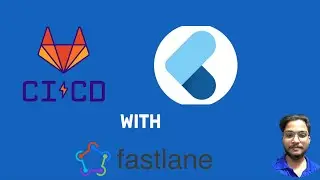
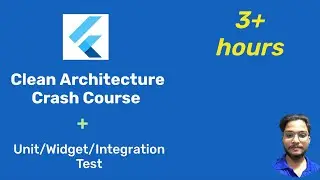
![Flutter CI/CD with GitLab and Fastlane: Step-by-Step Guide [Part 2]](https://images.mixrolikus.cc/video/FNAHBPzqUMM)

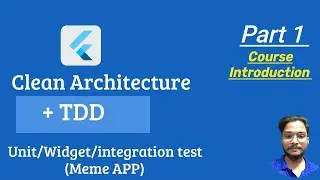
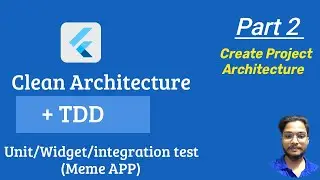
![Node.js Tutorial - Project Setup and 'Hello World' | Flutter & Node.js CRUD App Series [Part 1]](https://images.mixrolikus.cc/video/p5KQ_VdYQwc)


